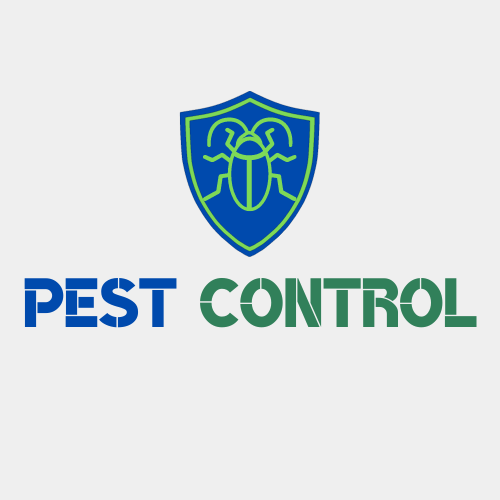Introduction to Deep Learning in Pest Identification
The integration of deep learning algorithms into pest identification represents a significant advancement in agricultural technology. By applying machine learning techniques to analyze satellite images, this approach enhances the ability to detect and monitor pest populations with high precision and efficiency. Deep learning algorithms can process vast amounts of imagery data, identifying pest-infested areas and providing actionable insights for pest management.
Mechanisms of Deep Learning Algorithms
Deep learning algorithms, particularly convolutional neural networks (CNNs), are utilized to analyze satellite images for pest identification. These algorithms are trained on large datasets of labeled images to recognize patterns and features indicative of pest activity. Once trained, the algorithms can automatically process new satellite images, detecting signs of pest infestations and generating detailed maps of affected areas. This automation significantly reduces the time and labor required for pest monitoring.
Benefits of Automated Pest Identification
The primary benefit of using deep learning for pest identification is the increased accuracy and efficiency of monitoring processes. Automated systems can analyze large-scale satellite imagery in real-time, identifying pest outbreaks earlier than traditional methods. This early detection enables timely intervention and more effective pest control measures. Additionally, the use of satellite images allows for comprehensive coverage of agricultural landscapes, improving the overall effectiveness of pest management strategies.
Challenges and Considerations
While deep learning algorithms offer numerous advantages, there are challenges to consider. Training algorithms requires access to high-quality, labeled datasets, which can be time-consuming and costly to compile. Furthermore, the accuracy of pest identification depends on the quality of satellite imagery and the algorithms’ ability to generalize from training data. Ensuring that the system is robust across different environmental conditions and pest species is essential for reliable performance.
Future Directions and Innovations
Future developments in deep learning for pest identification may focus on enhancing algorithm accuracy and efficiency. Innovations could include the integration of multispectral and hyperspectral imaging to improve pest detection capabilities. Additionally, advancements in algorithm design and training techniques will contribute to more robust and adaptable systems. Collaboration between researchers, technology developers, and agricultural practitioners will be crucial for advancing these technologies and implementing them effectively in pest management practices.
